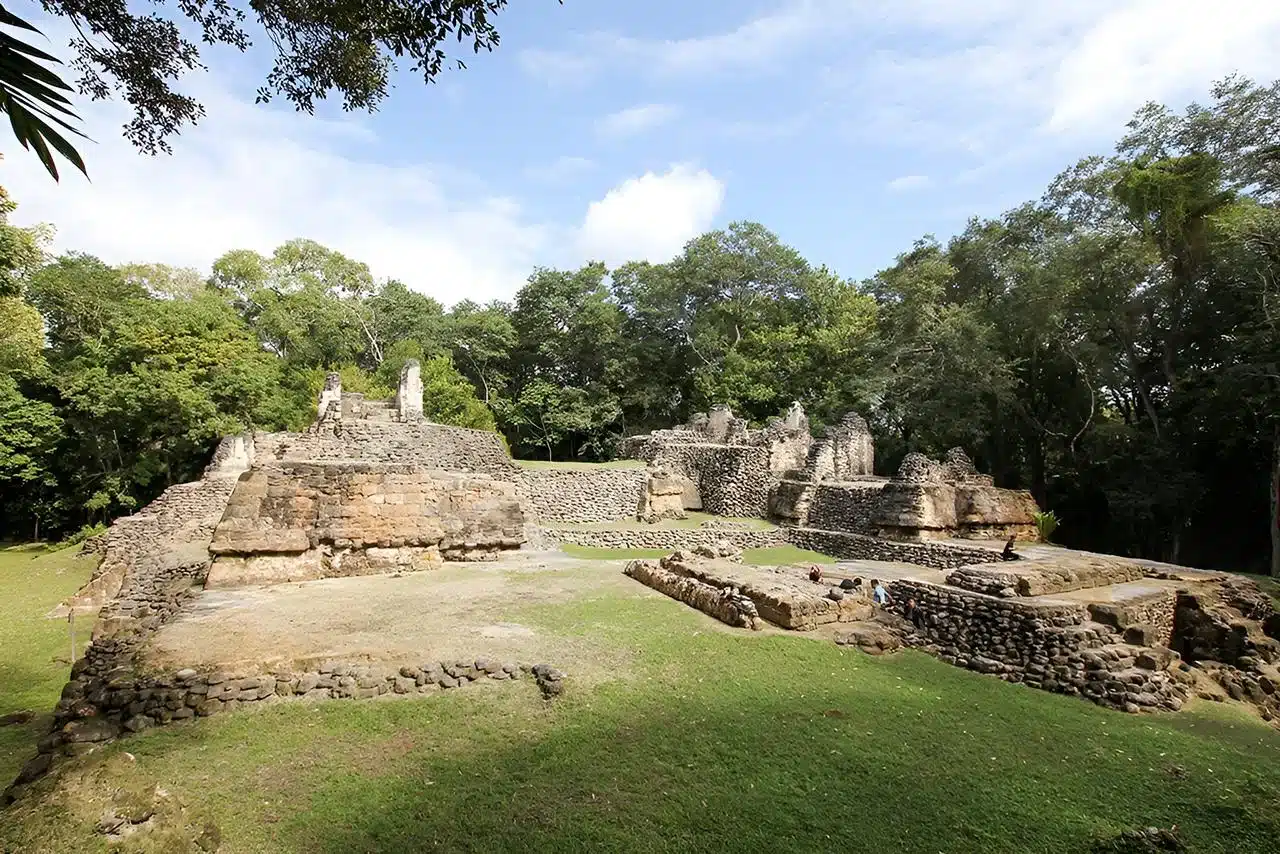Archaeologists Uncover Three Hidden Maya Cities

Archaeologists from Slovakia and Guatemala, collaborating through the Uaxactún Archaeological Project (PARU), have made a groundbreaking discovery in Guatemala’s Petén jungle. They have uncovered three previously unknown Maya cities, which are located approximately three miles apart, forming a triangular layout. These sites span a significant timeline of Maya history, from the Middle Preclassic era (around 1000–400 B.C.) to the Late Classic period (A.D. 600–900). Experts believe this discovery offers new insights into the early history of the Maya civilization.
Los Abuelos: A Ceremonial and Astronomical Hub
The largest of the newly discovered sites is named Los Abuelos, which translates to “The Grandparents.” This city was active during both the Preclassic and Classic periods. Excavations at Los Abuelos have revealed remarkable stone statues of a man and a woman, believed to represent ancestral figures. The site also features an astronomical complex, with structures aligned to observe the solstices and equinoxes. Among the significant finds is a ceremonial altar shaped like a frog and a carved stela inscribed with Maya writing that remains undeciphered. Additionally, archaeologists discovered an elaborate burial that included the remains of an individual alongside two large cats, as well as pottery vessels, shells, and arrowheads.
Art historian Megan O’Neil emphasizes the importance of the human-sized statues, noting that they reflect the Maya’s reverence for their ancestors. She also points out the significance of the intact pottery discovered at the site, especially given that the area has experienced extensive looting in the past. Many ceramics from this region are now housed in museum collections with unclear origins. The new excavations at Los Abuelos may assist in tracing these artifacts back to their original sites.
Petnal and Cambrayal: Political and Engineering Marvels
The second city, Petnal, is notable for its impressive 108-foot (33-meter) pyramid, which features a flat summit chamber adorned with red, black, and white murals. Archaeologists believe that Petnal served as a regional political center. A frog-shaped altar found at the site suggests that rituals related to fertility and renewal were conducted there. Meanwhile, at the nearby city of Cambrayal, researchers have uncovered the remains of a palace that was topped with a water reservoir and an innovative canal system. This system channeled rainwater from a rooftop cistern through concealed pipes, likely used for waste disposal.
These discoveries highlight the remarkable complexity of early Maya cities. By examining the art and architecture across all three sites, researchers are beginning to piece together a more comprehensive understanding of the cultural and engineering achievements of the ancient Maya civilization. The findings not only enhance our knowledge of Maya society but also underscore the sophistication of their urban planning and architectural skills.
Observer Voice is the one stop site for National, International news, Sports, Editor’s Choice, Art/culture contents, Quotes and much more. We also cover historical contents. Historical contents includes World History, Indian History, and what happened today. The website also covers Entertainment across the India and World.
Follow Us on Twitter, Instagram, Facebook, & LinkedIn

